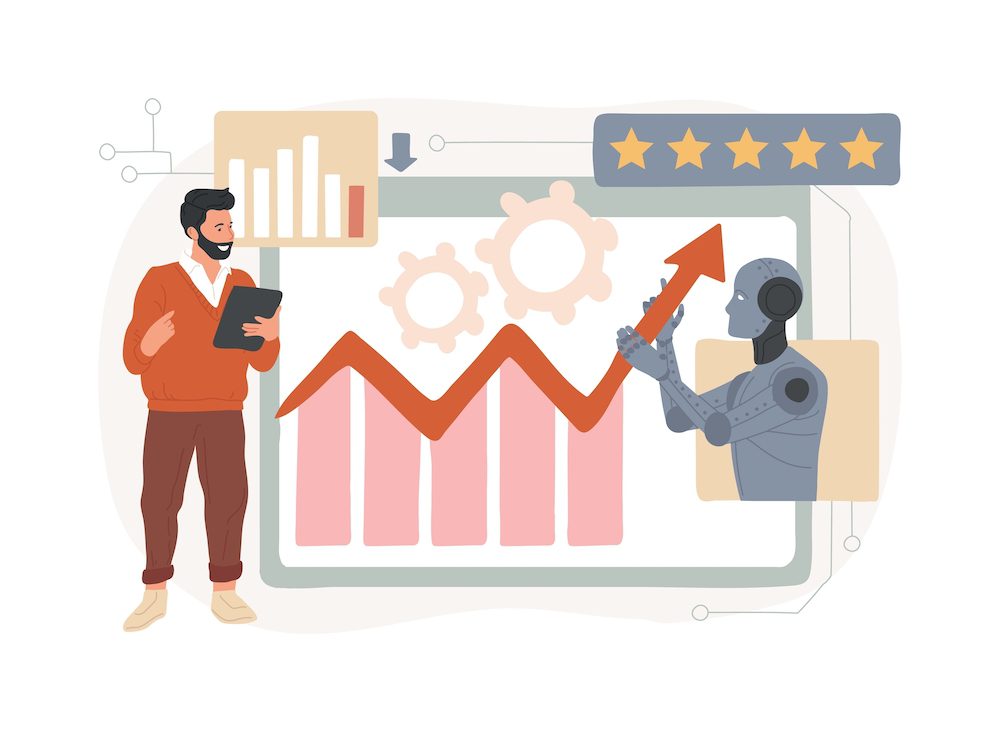Some brand partnerships are as obvious as peanut butter and jelly, but when TAG Heuer announced it would be the official watch of Coachella this year, many were left scratching their heads. The confusion is valid: Luxury watches and flower crowns make for an unlikely pairing.
While the motivation behind why a large brand would seek a sponsorship with an out-of-the-mainstream opportunity may seem puzzling at first, the potential rewards of such a risk are tenfold.
The Risks and Rewards of Treading in Unknown Territory
Participation in sponsoring festivals or an unorthodox event can have unexpected benefits that surpass safer options.

Letting its hair down at Coachella meant TAG Heuer could reach a totally different type of customer—198,000 customers, to be exact. The young, hip audience provided insights normally missed through traditional partnerships.
McDonald’s found similar success by building brand awareness with the tech consumers at SXSW. Just like Harley-Davidson had to reorient itself from middle-aged men and women to a younger demographic, McDonald’s must find relevant ways to get its message out there.
An unexpected bonus from engaging with an unusual audience is the chance to get in with the trendsetters. The hipsters and tech geeks at conferences and events are the innovators driving trends in their peer groups. (And word-of-mouth marketing is the most effective form of advertising.) Getting them on board could position your brand to eventually reach cult status.
But unconventional sponsorship opportunities aren’t without their risks. Some big-name brands might face blowback by pursuing these types of partnerships. Hypothetically, corporate sponsorships could dilute the character or identity of niche events. A cutting-edge experience will inspire attendees to believe the festival has broadened, but a stale, conservative one will cause them to turn up their noses.
Appealing to Festivalgoers
Knowing how to find a festival and how to create a brand message that can match the tone isn’t easy. (Even McDonald’s struggled to get it right the first time.) But if your brand is interested in championing the next big event, take these three sponsorship don’ts into consideration:
1. Don’t invite yourself to the wrong party. Before shelling out some serious cash for a sponsorship spot, confirm the target audience fits with the customers your brand aspires to capture. It would theoretically be cool to sponsor an event as exciting as a cliff-diving competition, but failing to take your audience relevance into consideration could mean a lackluster return on investment. To verify you’re pursuing the right party, check in with the natives. Look through Twitter and Instagram, and talk to past sponsors. If they’re talking about the same thing you are, it’s a good fit.
2. Don’t underestimate a hipster’s conformity detector. When planning for a festival, research is normally on the list. It’s great to get an idea of what has worked in the past, but copying previous booths and experiences verbatim will set off alarm bells for concertgoers.
If you can create a unique experience that not only sets your brand apart, but is also memorable, you can potentially convert lifelong customers. According to the Elite Daily Millennial Consumer Study 2015, 60% of young consumers see themselves as brand-loyal. The sooner you build that connection, the better your chances are in forging that all-important bond. Nordstrom, a brand that looks to create a smooth shopping experience, set up “beauty pods” at festivals to give attendees a place to relax, unwind, touch up makeup, and charge their phones. The pods were a hit, and Nordstrom successfully positioned itself as a relaxed brand that truly understands its target audience.
3. Don’t get lost in a sea of good intentions. After McDonald’s sponsored SXSW, its social engagement skyrocketed by 196%. But if it hadn’t had a solid plan for execution (e.g., social media campaigns ready to stoke the fire), it would have floundered in the sea of brands attending the event. Establish a unique position, and create a brand activation plan that makes sense for the event’s messaging, behavior, and location. Don’t send money to a conference across the world if you don’t have a plan to capitalize on the good vibes. Before taking the stage, take a cue from McDonald’s at SXSW: Wait a few years until the festival has proven its validity and your brand strategy is properly aligned.
So what does the future hold for partnerships? Will we someday attend Mountain Dew Coachella or Snickers Bonnaroo? Possibly.
Given current trends, sponsoring festivals will continue to grow, and smart brands will begin to take notice. It may not be appropriate for Ronald McDonald to crowd surf, but understanding how important immersive experiences are for Millennials and Gen Zers will be essential for staying significant. Brands don’t have to incorporate virtual reality or crazy bike flips. They simply need to dance at the right party.
David Saef is the executive vice president of MarketWorks and strategy at event marketing company GES. Connect with Saef on Twitter (@DSStrategy) and LinkedIn.
Related articles:
In his own Words: MasterCard’s Michael Goldstein on Sponsorships
Generate More Revenue with Sponsorship Promotions: 5 Tips
 Network
Network

